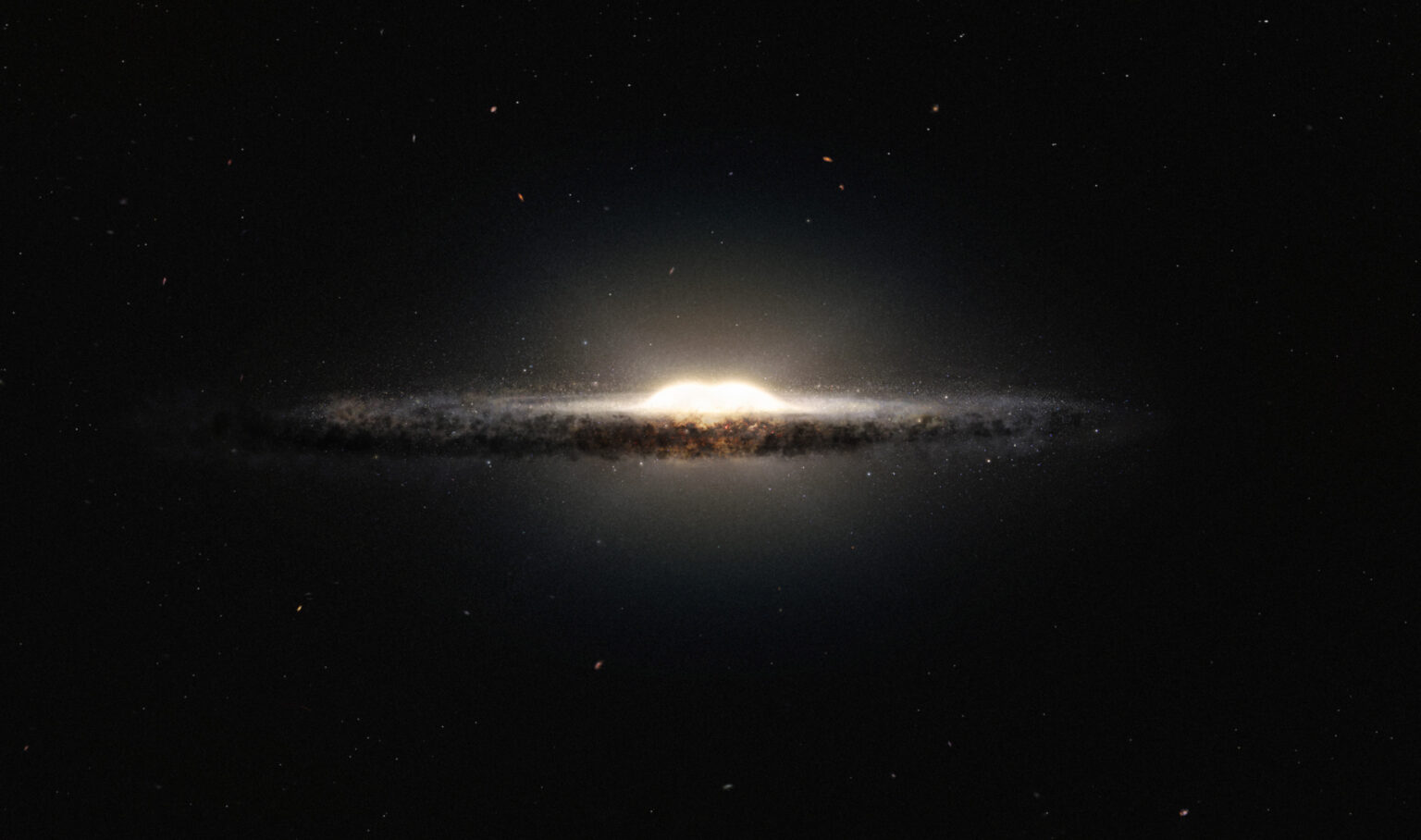The size of the central thickening of spiral galaxies, which is called a bulge, affects how they are oriented in space. It changes in the process of how star systems merge in the course of their evolution.

Orientation of galaxies in space
On the scale of the universe, galaxies are assembled into superclusters extending over billions of light-years. An example of this is Laniakea, which includes the Milky Way. In their form, these clusters resemble threads. Australian scientists decided to test how star systems are oriented in the direction of these structures.
They used a SAMI spectroscope mounted on an Anglo-Australian telescope with a diameter of 3.9 meters. Observations were conducted from 2012 to 2020. During this time, scientists have studied 3068 galaxies and showed an interesting pattern.
Those star systems that had large bulges, that is, bulges in their central part, mainly rotate perpendicular to the “cosmic threads” of clusters. And those that are closer to a flat disk show a tendency to orient themselves parallel to them.
This affects how galaxies rotate, how intense their star formation processes are and in which regions they mainly occur.
How is the bulge of a galaxy related to its orientation
Scientists simulated the movement of matter inside the “thread” of the supercluster and came to the conclusion that this situation is quite natural. The gas that feeds the formation of star systems moves precisely along this formation. And the galaxies themselves move with it after birth. At present, the gas inflow preferably feeds the outer parts of the disk.
True, galaxies do this at different speeds and sometimes in different directions, so sooner or later this process ends with their collision and merger. At the same time, the newly formed star system loses stability and begins to wobble. At the same time, its bulge increases significantly.
Eventually, the galaxy turns perpendicular to the filament and most of the gas begins to fall on the bulge, which eventually stabilizes it in this position. Thus, scientists have established that the processes of growth and fusion of stellar systems are closely related to their structure and position in superclusters.
According to phys.org
Follow us on Twitter to get the most interesting space news in time
https://twitter.com/ust_magazine

